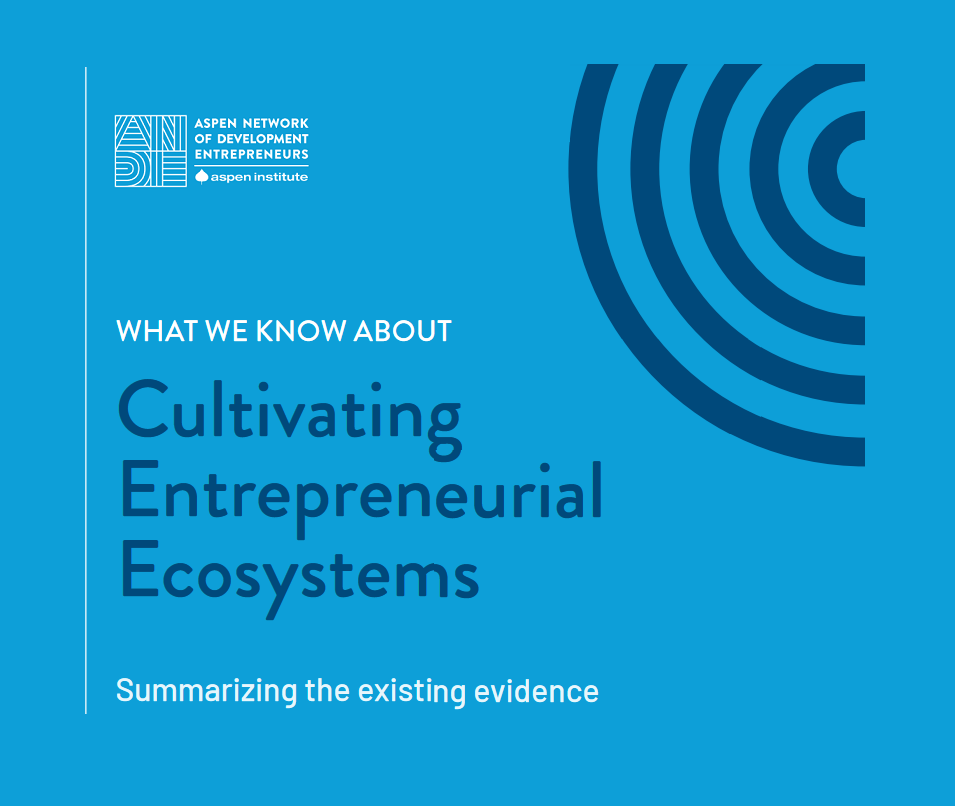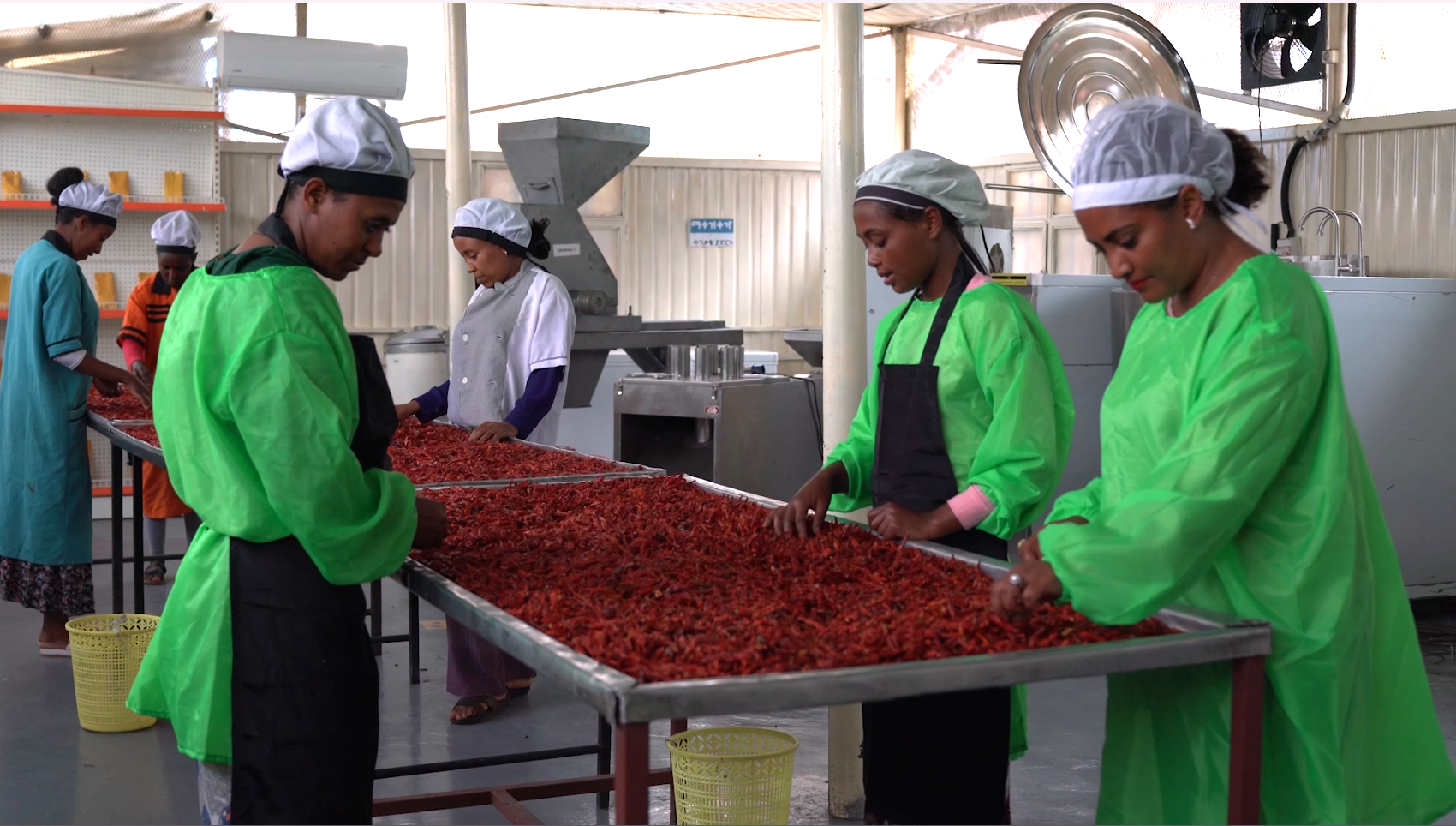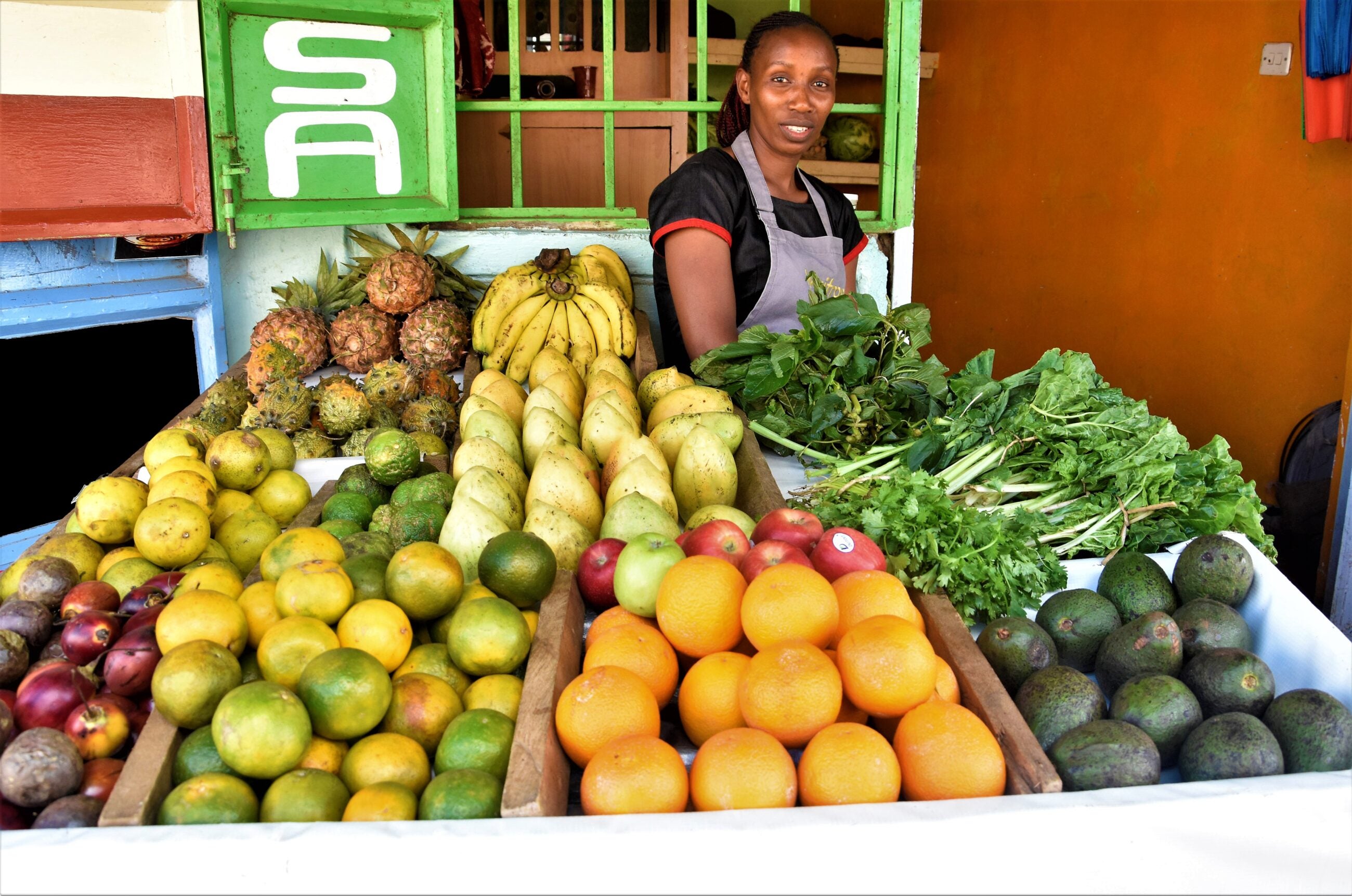This tool offers in-depth insights into critical African countries’ entrepreneurial environments, tailored to foster understanding and drive engagement.
ANDE has been mapping ecosystems for more than 10 years. Now, we’ve partnered with EcoMap to offer more user-friendly, regularly updated maps that help entrepreneurs and support organizations effectively navigate the various resources available in African countries. Our goal is to improve the visibility and accessibility of ecosystems for all, one mapping at a time.
Click on the map below to navigate to our ecosystem maps across Africa. The country maps feature interactive, filterable web directories that catalogue a broad array of ecosystem stakeholders, including investors, entrepreneur support organizations, academic entities, and donors across the mapped African nations.

Entrepreneurial ecosystems comprise the set of cultural, political, and economic elements that allow entrepreneurs to start, sustain, and scale a new business. While the concept of an entrepreneurial ecosystem is well-established, the evidence base on how exactly ecosystems grow and whether interventions can accelerate this growth is still emerging. This report synthesizes the existing evidence on the complex process of building entrepreneurial ecosystems and offers key lessons from the literature.
Donor funding plays a crucial role in advancing development goals across East Africa, not least in Ethiopia, Rwanda, and Kenya. These nations have made significant strides toward inclusive economic growth and improved infrastructure to enhance social impact, in part, due to the support of international donors, development agencies and philanthropic funds. However, as multiple organisations fund similar initiatives across these regions, questions arise about coherence, alignment, and potential duplication of efforts.
In the face of data paucity and indicator opaqueness, we aim to address a hypothesis: a lack of donor coherence is causing suboptimal allocation of resources. By ‘donor coherence’ we mean the degree of alignment between the objectives, processes, and priorities of various funding bodies, aiming to avoid redundancy and ensure that resources are used efficiently. Financial contributions should aim to nurture dynamic entrepreneurial environments while ensuring more effective use of public funds.
This report explores how donor coherence in Ethiopia, Rwanda, and Kenya impacts resource distribution across sectors, identifying potential overlaps and assessing the implications of these strategies. By assessing the activities funded and the thematic areas supported, we can gain insights into how donor coherence affects the overall impact of development assistance in East Africa.
The report by the Enrich in Africa Center (EiA-C) emphasizes the significance of funding for fostering innovation ecosystems in Africa and addresses the trends in funding activities from 2020 to 2023. It examines grant funding data from nine major funders, alongside insights from interviews with key stakeholders. The analysis encompasses both the broader innovation funding ecosystem and specific support for ecosystem activities and organizations. By providing data and intelligence, the report aims to empower both funders and recipients to build sustainable and impactful innovation ecosystems in Africa, highlighting EiA-C's role in facilitating collaboration and knowledge exchange among stakeholders.
Join us in supporting Africa’s entrepreneurs. Whether you’re a business, investor, or supporter of economic development, there’s a place for you in this exciting initiative.


